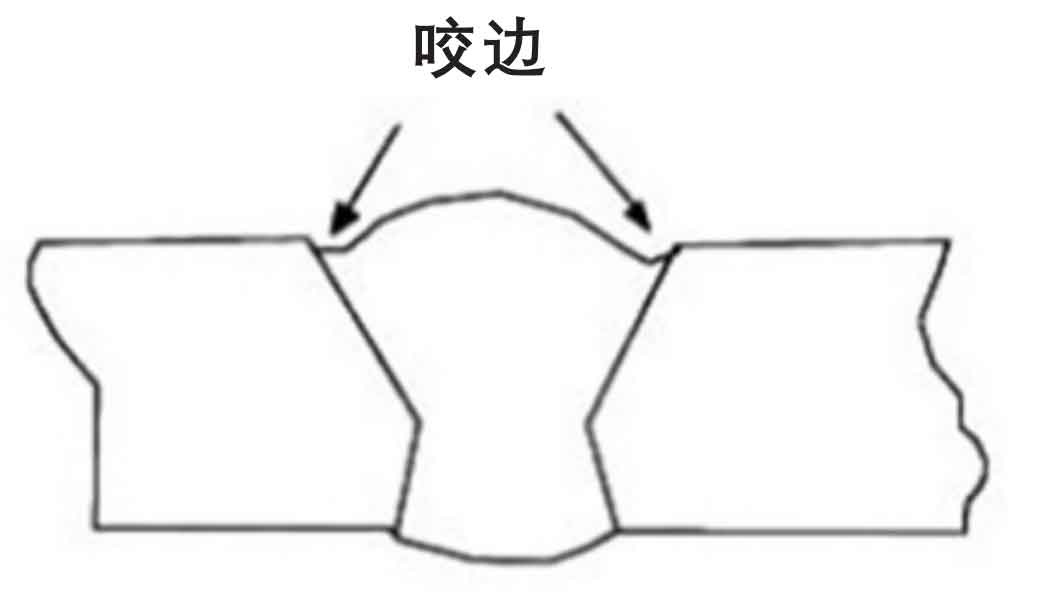Exactly How to Prevent Weld Undercut: Essential Tips for Welders
Exactly How to Prevent Weld Undercut: Essential Tips for Welders
Blog Article
Crucial Tips for Welders: Preventing Undercut Welding and Ensuring Stronger Weld Joints
In the realm of welding, achieving strong and durable weld joints is the cornerstone of creating high-grade work. One usual obstacle that welders often encounter is undercut welding, which can compromise the integrity of the weld joint.

Understanding Undercut Welding
Undercut welding is an usual welding defect that occurs when the weld steel fails to appropriately fill up the groove and results in a groove-like depression along the weld bead. This problem damages the weld joint, making it vulnerable to splitting and failure under tension. Undercutting can be triggered by different factors, consisting of too much welding present, high welding rate, improper electrode angle, inaccurate electrode size, and poor welding strategy.
Among the main reasons for undercut welding is an inequality in between the welding present and the welding rate. If the welding current is too high or the welding speed is also quick, the weld steel may not adequately load the groove, causing undercutting. Furthermore, utilizing an electrode that is also large can result in a comparable result, as the excess steel can not correctly flow into the groove.
To avoid undercut welding, welders should guarantee they are utilizing the right welding parameters, maintain an ideal electrode angle, choose the ideal electrode dimension, and technique correct welding methods. By dealing with these factors, welders can reduce the risk of undercutting and create more powerful, extra dependable weld joints.
Proper Welding Technique
Efficient welding method plays a vital duty in guaranteeing the high quality and honesty of weld joints. One basic aspect of proper welding method is preserving the right angle and range in between the welding weapon and the work surface.
In addition, a stable and consistent hand movement is vital for creating solid and durable weld joints. Welders must go for smooth, consistent activities to guarantee even distribution of the weld product. Appropriate adjustment of the welding weapon and filler material is also vital to accomplishing ideal infiltration and combination.
Moreover, regulating the warm input and picking the suitable welding parameters based upon the material being bonded are critical elements in achieving high-grade welds - Preventing weld undercut. Welders need to adhere to the suggested setups given by welding treatment specs and readjust them as needed based upon the particular requirements of the project. By understanding correct welding strategies, welders can dramatically boost the stamina and integrity of their weld joints
Selecting the Right Electrode
When taking into consideration the importance of choosing the ideal electrode in welding applications,Preserving the appropriate angle and range between the welding gun and the workpiece is fundamental. The option of electrode plays a critical role in identifying the top quality and strength of the weld joint. Electrodes come in go to this site different types, each made for specific functions and materials.
Firstly, selecting the appropriate electrode diameter is crucial. Thinner electrodes are appropriate for welding thin products, while thicker electrodes are much better for thicker materials and higher warm applications. great site Matching the electrode size to the thickness of the work surface aids attain a balanced weld.
Second of all, comprehending the material structure of the electrode is essential. Various electrodes are made for welding specific materials like steel, stainless-steel, light weight aluminum, or cast iron. Utilizing the proper electrode product makes sure good blend and minimizes the risk of problems in the weld.
Last but not least, considering the welding placement and strategy is essential when choosing the electrode kind. As an example, particular electrodes are better matched for overhanging or upright welding positions, while others function well for level or straight settings. Selecting the appropriate electrode based on the welding strategy enhances the total weld high quality and stability.
Preparing the Base Metal
To ensure a successful welding process, what first actions should be taken when preparing the base metal for welding? Additionally, any existing weld material or deposit from previous welding need to be gotten rid of to guarantee a clean surface for the brand-new weld.

Carrying Out Post-Weld Inspections

After carrying out these assessments, welders must contrast the go outcomes versus sector standards and job needs to make certain that the weld joint fulfills all required standards. Any inconsistencies or inadequacies found during the post-weld inspection needs to be immediately dealt with via appropriate corrective steps to ensure the weld's integrity. By carefully executing post-weld evaluations and immediately resolving any kind of problems, welders can promote the high quality and dependability of their job, inevitably adding to the safety and longevity of the bonded frameworks.
Conclusion

To conclude, preventing undercut welding and making certain stronger weld joints require a combination of appropriate welding method, picking the appropriate electrode, preparing the base metal properly, and carrying out post-weld evaluations. By recognizing the causes of undercut welding and carrying out the necessary preventative measures, welders can create top notch weld joints that meet industry standards and guarantee the structural integrity of the bonded parts.
Undercut welding is an usual welding flaw that happens when the weld metal falls short to correctly fill the groove and results in a groove-like clinical depression along the weld bead (Preventing weld undercut). Undercutting can be triggered by different elements, including extreme welding current, high welding rate, improper electrode angle, incorrect electrode dimension, and bad welding technique
One of the major reasons for undercut welding is an inequality between the welding existing and the welding rate. If the welding current is as well high or the welding rate is too quick, the weld metal may not adequately fill up the groove, leading to damaging.Keeping the right angle and distance in between the welding weapon and the workpiece is basic when considering the value of choosing the best electrode in welding applications.
Report this page